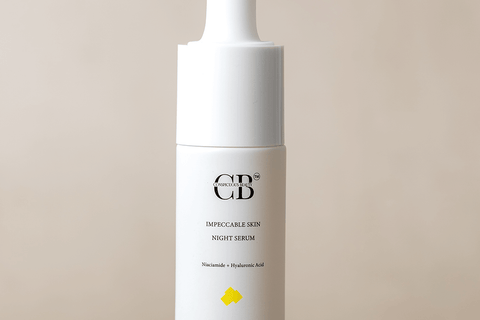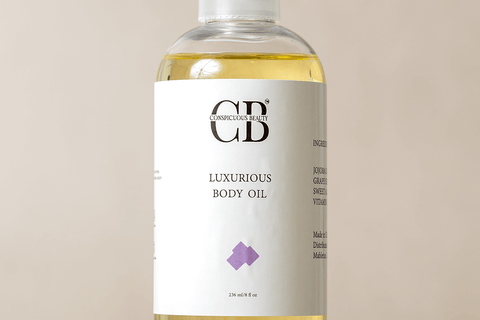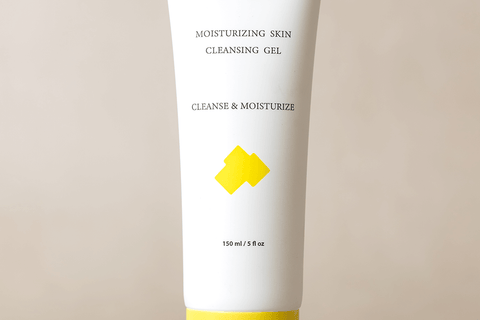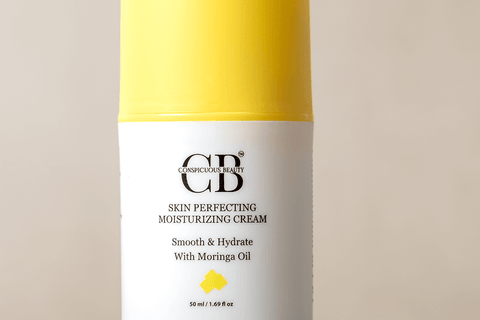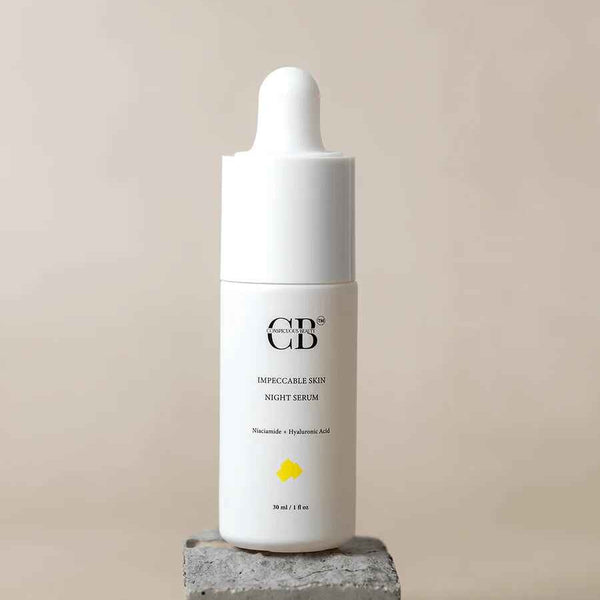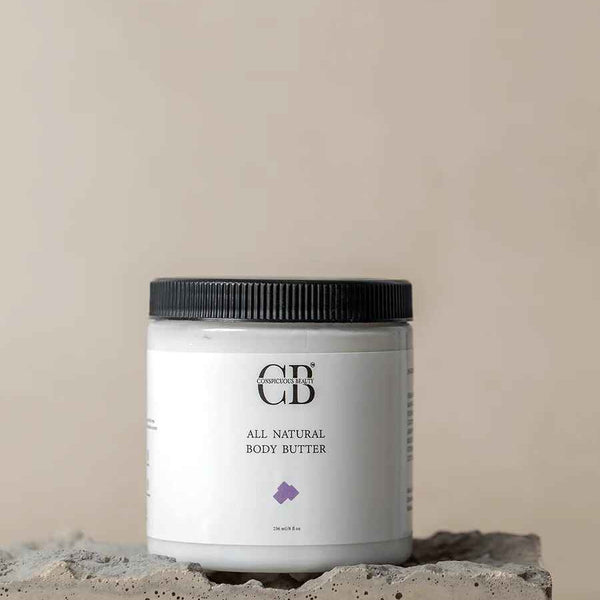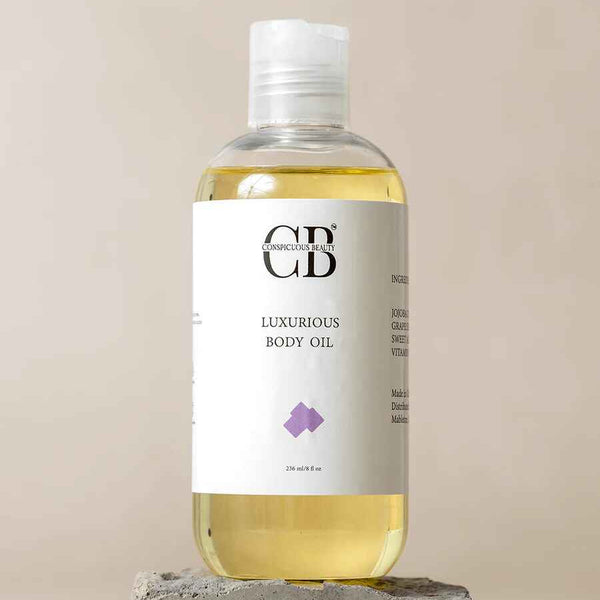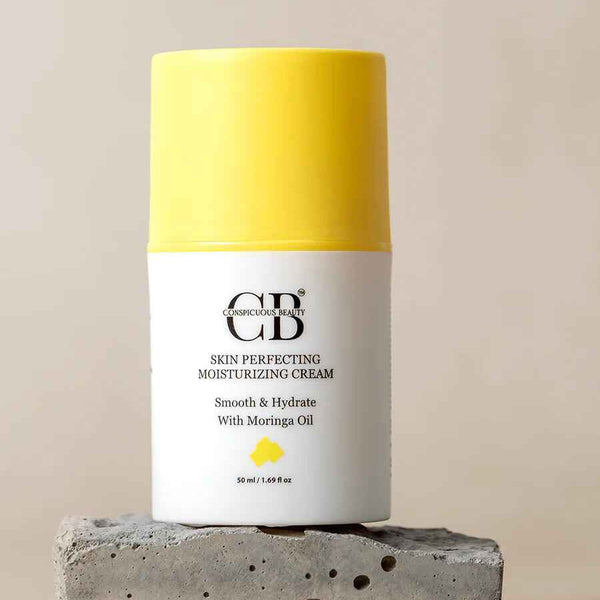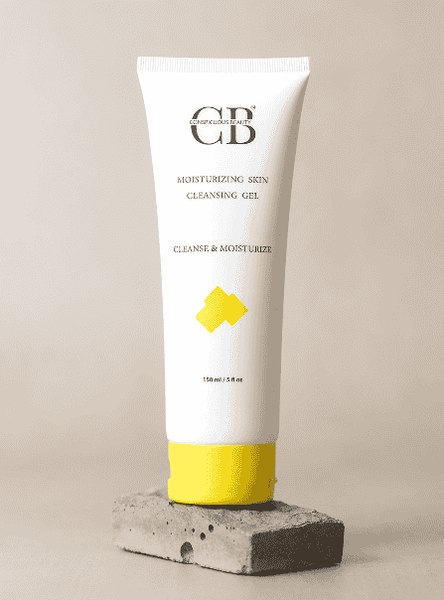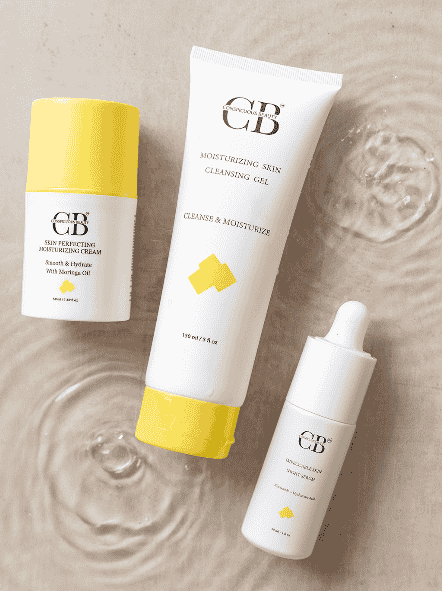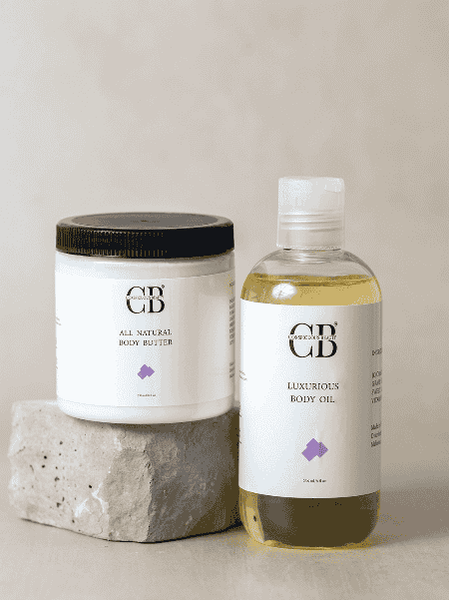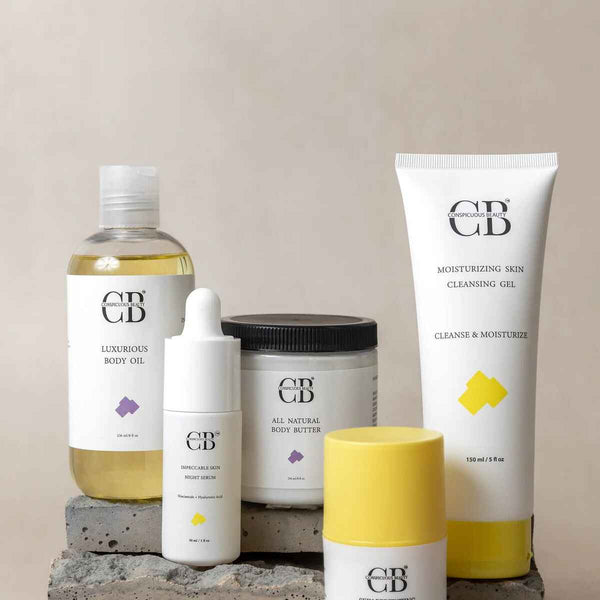Body butter has become one of the most popular skincare essentials for people who want soft, glowing, and deeply moisturized skin. Unlike lightweight lotions, body butter is thick, rich, and formulated with nourishing ingredients like shea butter, cocoa butter, mango butter, and essential plant oils. It protects the skin barrier, supports long-lasting hydration, and gives a luxurious feel that many skincare lovers enjoy. Yet despite its benefits, a lot of people struggle to get the results they expect simply because they are not using body butter correctly.
Many individuals expect instant transformation from dry and flaky skin to smooth silk overnight, but the effectiveness of body butter depends not just on its quality, also on how and when it is used. Understanding the common mistakes and how to avoid them can make body butter far more effective and beneficial for skin health.
Using Too Much Product
One of the biggest mistakes people make is applying more body butter than the skin actually needs. Because body butter is thick, many assume that a large amount will produce faster results. Instead, it often leads to greasy or sticky skin that does not fully absorb. When the skin is overloaded, it can even clog pores, especially on areas like the back, chest, and upper arms.
A small scoop of body butter is enough for most body parts. The goal is not to create a shiny layer on top of the skin but to help moisture seal into the skin barrier. Gentle massaging, allowing the product to melt with body heat, ensures deeper penetration and a non-greasy finish.
Applying on Dry Skin Instead of Damp Skin
Body butter works best on damp skin, not bone-dry skin. When the skin is slightly moist after a shower or bath, it absorbs moisturizing ingredients more effectively. Water acts like a carrier, pulling the oils and butters into the skin barrier. Applying body butter on completely dry skin often prevents proper absorption and leaves a heavy surface layer.
Right after a shower, when the pores are open and moisture levels are high, is the ideal time to apply body butter. A simple practice like gently patting the body dry instead of fully towel-drying helps retain moisture and improve product absorption significantly.
Ignoring Exfoliation
Some people are disappointed with body butter because they feel it “just sits on the skin.” In most cases, the problem is not the product, it’s the lack of exfoliation. Dead skin buildup blocks absorption and prevents moisture from reaching fresh skin underneath.
Exfoliating once or twice a week using a sugar scrub, salt scrub, dry brush, or chemical exfoliant removes dead skin and prepares it to receive moisture. When body butter is applied to freshly exfoliated skin, the difference is dramatic: it absorbs faster, feels lighter, and provides longer-lasting hydration.
Using Body Butter on the Face Without Caution
Body butter is excellent for the body but not always for the face. The skin on the face is more delicate and has more active oil glands than the rest of the body. Many body butters contain heavy oils like cocoa butter, coconut oil, or lanolin, which can clog facial pores and trigger breakouts, milia, or irritation in acne-prone skin. People with sensitive or oily skin are especially likely to experience adverse reactions.

If someone wants to use body butter on the face, they should choose a non-comedogenic formula specifically labeled for facial use. Ingredients like shea butter and mango butter are safer options because they are less pore-clogging than cocoa butter or coconut oil.
Not Considering Seasonal Needs
Some treat body butter as a year-round staple without adjusting usage based on seasons. While it is ideal for cold, dry winter months, it can feel too heavy during hot summers, especially for people with balanced or oily skin types. During humid weather, lighter moisturizers such as lotions or body yogurts might be more suitable for daytime use, while body butter works best at night.
Body care needs change with the climate, and adjusting product amounts and timing can improve comfort and effectiveness.
Applying to the Wrong Areas
Certain parts of the body benefit from body butter more than others. Applying it everywhere sometimes creates unnecessary greasiness. The areas that generally need deep nourishment include elbows, knees, ankles, feet, hands, cuticles, upper arms, and shins. These areas have thinner skin and lose moisture faster.
Meanwhile, areas prone to sweating, like underarms, mid-back, or the upper chest, may be sensitive to heavy formulas. If body butter is applied where sweat glands are active, it can feel suffocating and may contribute to clogged pores. The best approach is to apply generously to dry areas and lightly to the rest of the body.
Applying With Dirty Hands
Because many body butters come packaged in jars, dipping fingers directly into the container can introduce bacteria if the hands are not clean. Over time, this can affect the shelf life, scent, and safety of the product. Some people notice rashes or irritation from contaminated butter rather than the actual formula.
Using clean, dry hands or a cosmetic spatula to scoop body butter helps preserve freshness and reduce the risk of bacterial growth.
Storing Body Butter Incorrectly
Body butter is sensitive to heat because it contains natural oils and butters that melt at body temperature. Leaving the jar in direct sunlight, a hot bathroom, or near a radiator can change the texture. It can become grainy, separate into solid and liquid layers, or even lose its fragrance.
Storing it in a cool, dry place with the lid tightly closed keeps the texture smooth and shelf life long. Handmade or preservative-free body butter benefits especially from proper storage because it does not contain synthetic stabilizers.
Expecting Instant Results
Some people expect body butter to fix chronic dryness immediately. In reality, skin hydration is cumulative. If the skin barrier is damaged, it requires time to heal and rebuild moisture levels. Dryness caused by environmental factors, hot showers, or harsh soaps also cannot be reversed in one day.
Consistency is key. Using body butter daily, especially after bathing, creates long-term improvements in softness, smoothness, and elasticity. Massaging the butter helps boost blood circulation and stimulates collagen-supportive activity, which enhances results even more over time.
Choosing the Wrong Type of Body Butter
Not all body butters serve the same purpose. Some are designed for extremely dry skin, others are lighter and suited for daily use. Heavy butters with cocoa, coconut oil, and beeswax are better for very dry, cracked, or winter skin, while mango butter and shea butter are milder for all-year use. Jojoba oil and almond oil provide light nourishment, while avocado and olive oil give richer hydration.
A mismatch between skin needs and product formula can lead to greasy buildup, irritation, or ineffective moisturization. Understanding skin type is important before selecting the best body butter.
Using Body Butter Only in Winter
A large number of people apply body butter only during winter, forgetting that hydration is essential throughout the year. Summer sun, air conditioning, and shaving can also damage the skin barrier. Limiting body butter to cold months deprives the skin of year-round protection.
Even during warm seasons, nighttime application ensures skin remains supple, healthy, and moisturized.
Final Thoughts
Body butter is one of the most luxurious and effective skincare products for achieving soft, deeply moisturized skin. However, achieving the best results requires thoughtful use and an understanding of how the skin absorbs nourishment. Applying a small amount to damp, exfoliated skin, storing the product properly, choosing the right formula, and using it consistently can transform both skin texture and hydration levels.
Avoiding common mistakes like overuse, applying on dry unprepared skin, or using heavy body butter on the face ensures a smooth and enjoyable skincare experience. With the right techniques, body butter can become a powerful tool for anyone who wants healthy, glowing, and beautifully hydrated skin every day, not just during winter.
